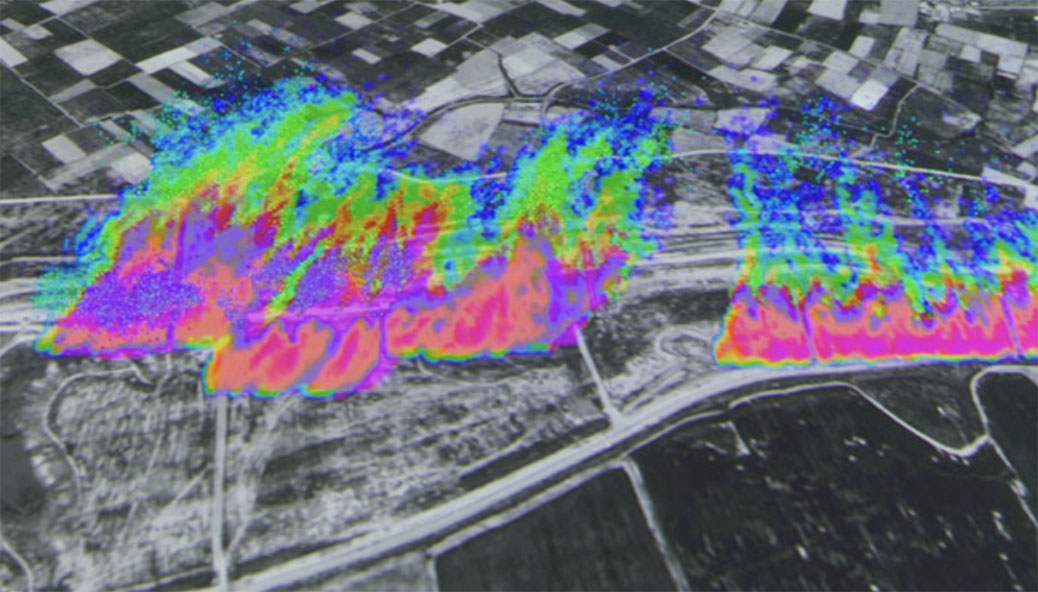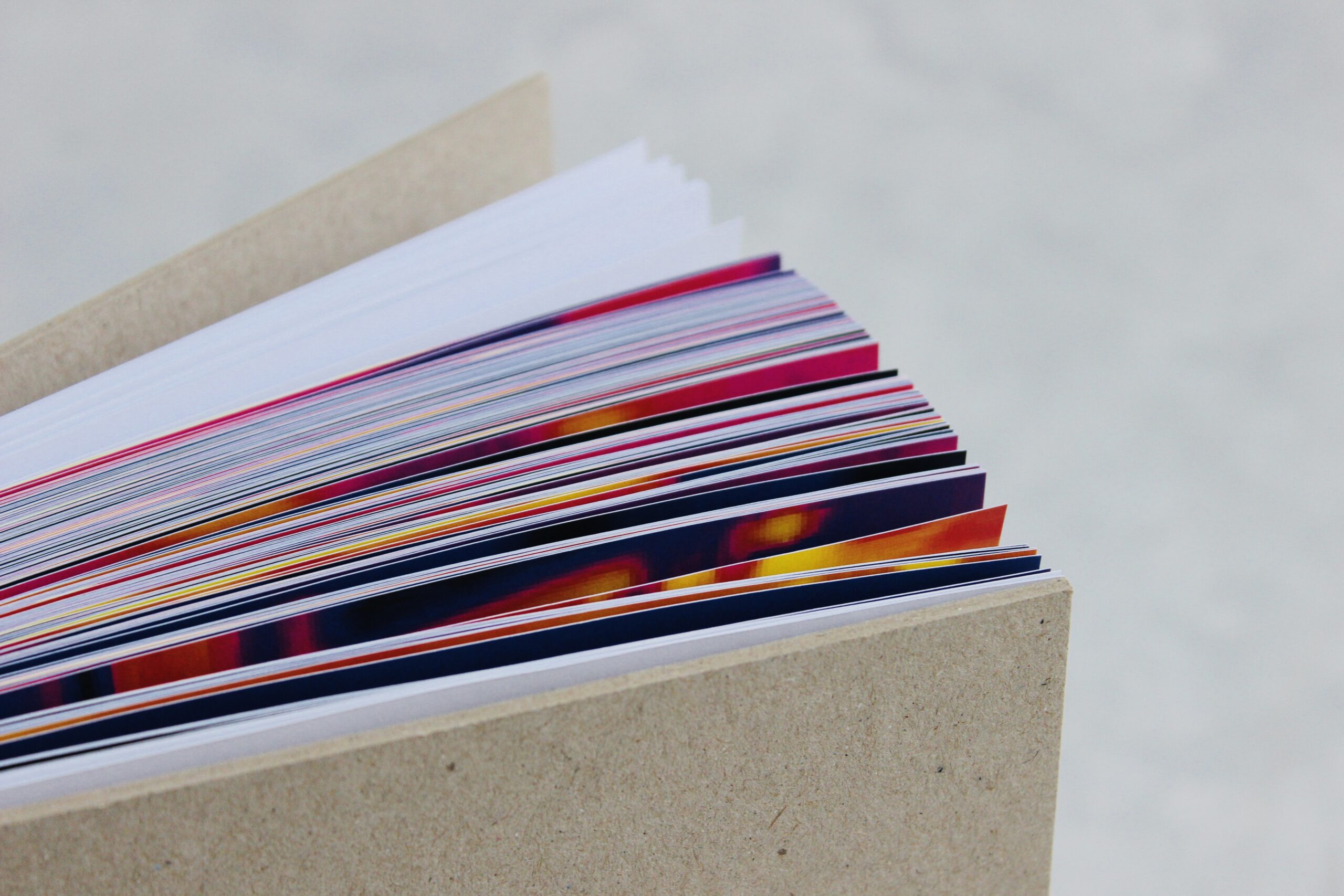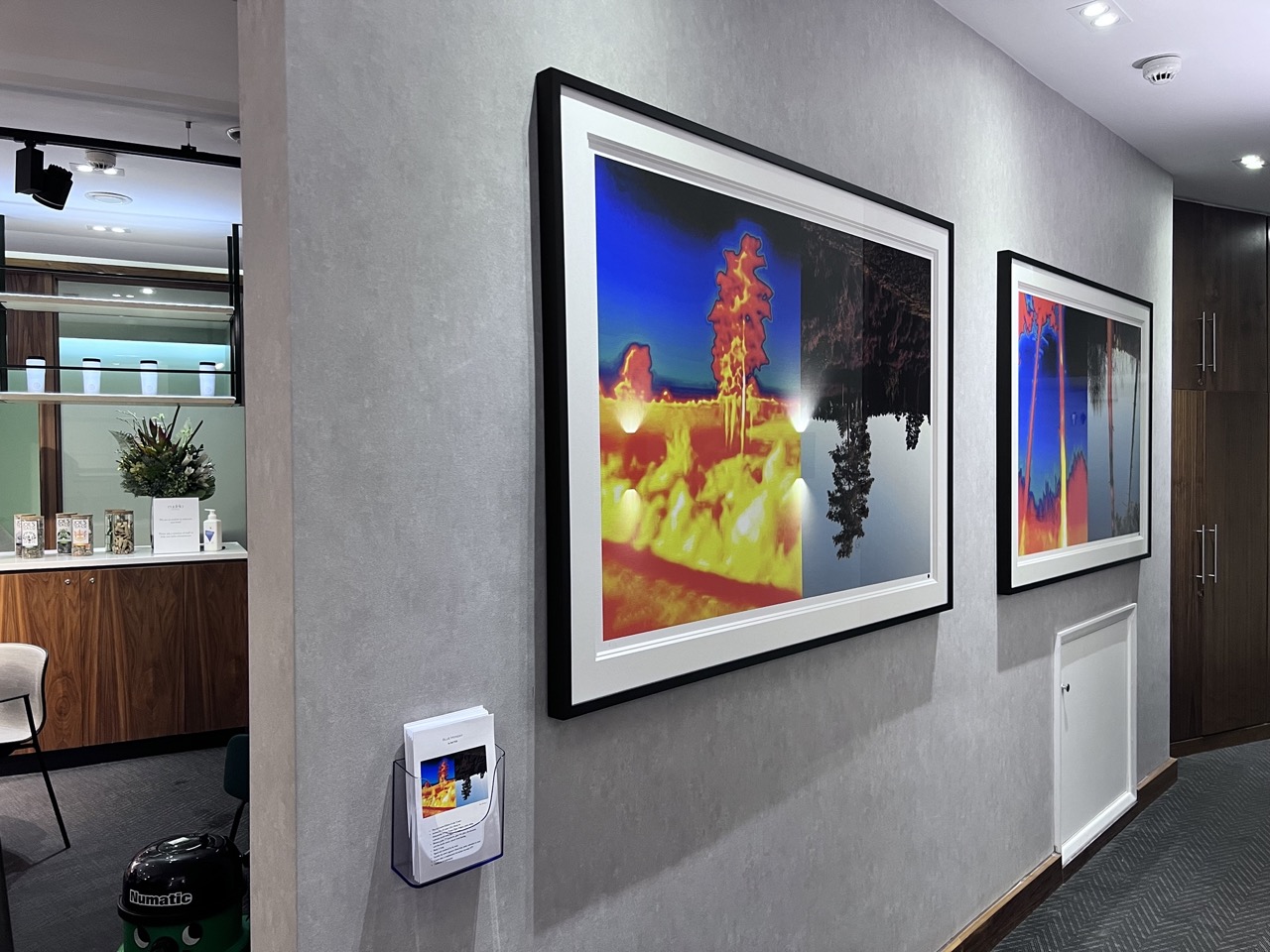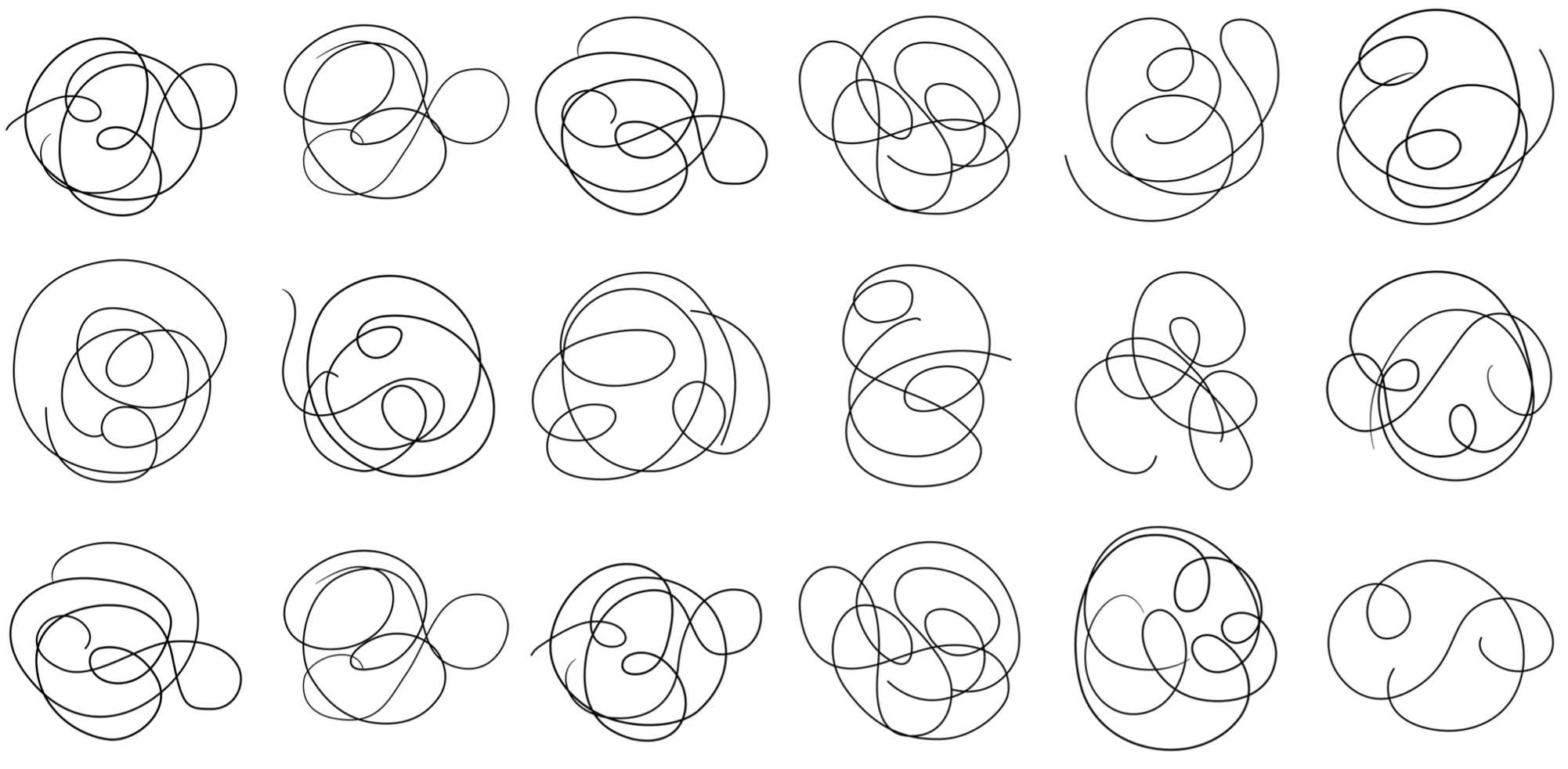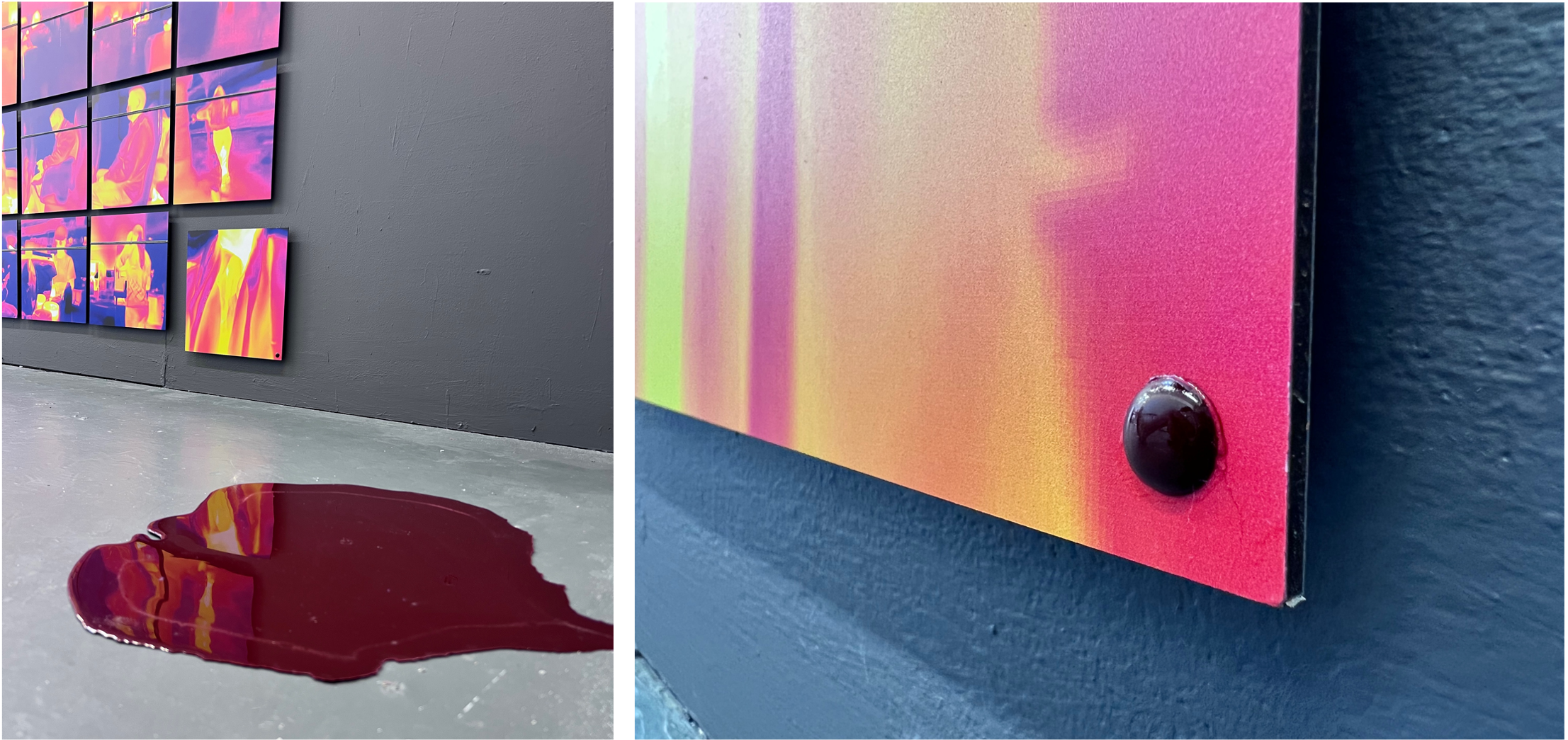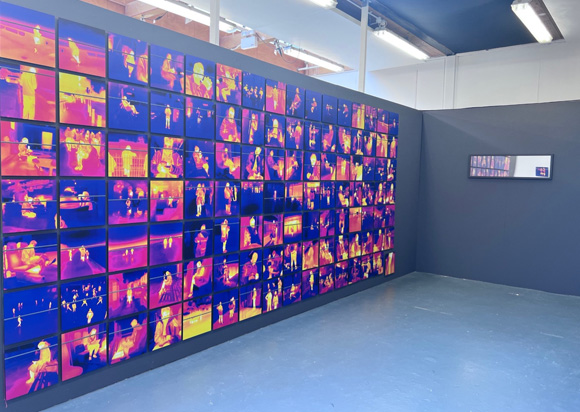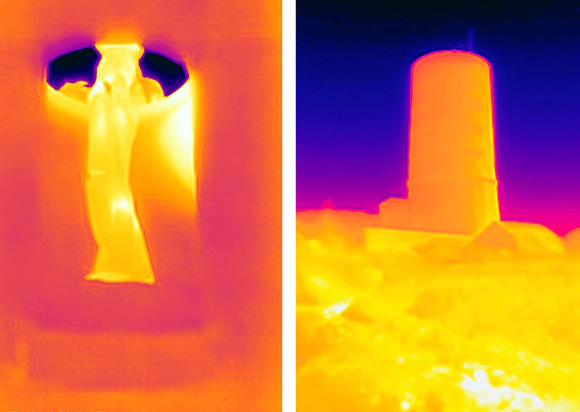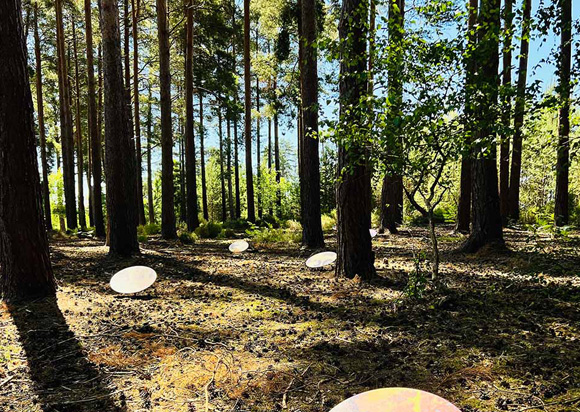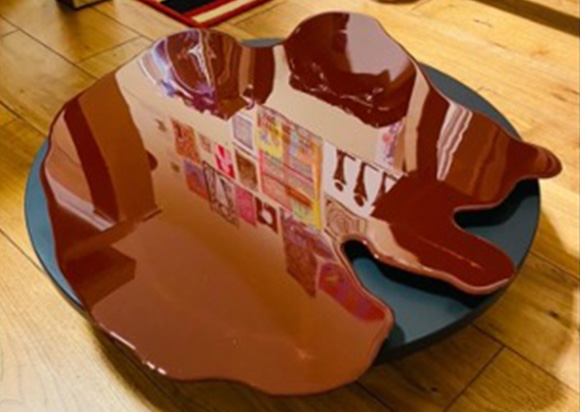
Stef Will
• 14 April 2021
Anticorps – Antibodies
I virtually visited the ‘Anticorps’ (Antibodies) exhibition at the Palais de Tokyo in Paris recently and really enjoyed it (although it would have of course been even better to see it in person!). It is a multi-disciplinary exhibition that resonates very much with my own work. In the current health and societal crisis surrounding the Covid pandemic, where we have been taught to experience human touch as a threat, but show’s curators invite the viewer to rethink closeness.
The exhibition explores the current intensification of borders around the self, with increasing protection and defence of personal territories and what the curators call “weaponization of immunity”, where our immune system is compared to warfare.
The online presentation of the 20 artists’ works here is grouped in the six subject matters: Skins, Border, Immunity, Closeness, Insurgence and Touch. Two of my favourite sections were ‘Skins’ and ‘Borders’.
The ‘Skins’ section discusses why/if our bodies should end at the skin and looks at technological extensions of the body as well as energetic bio-fields surrounding our body. I also very much enjoyed the text ‘Feeling In and Out: Contact Improvisation and the Politics of Empathy’ by dancer Ann Cooper Albright, who beautifully describes the phenomenology of energetic exchanges happening between bodies during dance, and who incites us to feel both the inside and the outside of our body simultaneously.
Art works that stood out for me in the ‘Skins’ section were a video installation called ‘The Womb’ (2019) by Tala Madani, and the oil painting ‘Ghost Sitter (blue chair)’ from 2020, by the same artist. The latter shows a ghost-like human body dissolving into the chair it is sitting on, as if merging with the furniture. Its skin envelope is indistinct and permeable, the shape of the body suspending into unrecognisable. This for me epitomised the notion of our body’s personal territory not being firmly demarcated with a sharp delineation at the skin.
In the ‘Borders’ section, I was particularly drawn to a video called ‘Cloud Studies’ (2020) by Turner Price Nominee group Forensic Architecture. This piece of systems/information art is an inquiry into different forms of toxic clouds used by governments as a form of political violence. The video appears scientific yet is unmistakably activist at heart. The visual nature of these soft, intangible clouds stands in contrast to their sinister use and effects, rendered even more brutal, as the poison sneaks up often unnoticed to its victims. The video’s reflections on visibility versus invisibility, insidious invasions and violence against civilians also have relevance for the currently accelerating human rights crisis around the globe with witnessed loss of democracy, freedom of expression and fundamental human rights.
The curators state that “retaliation, a blast of desire and insurgence infuse the exhibition”. I enjoyed the exhibition and came back to it several times.
